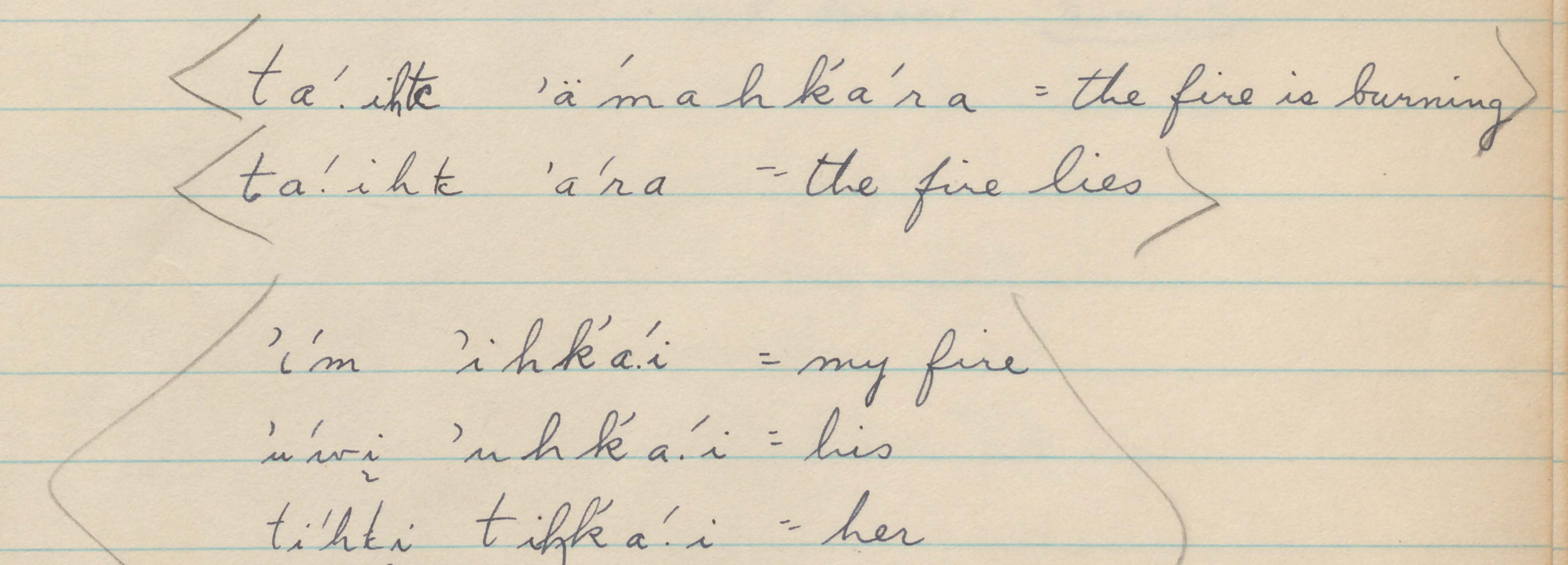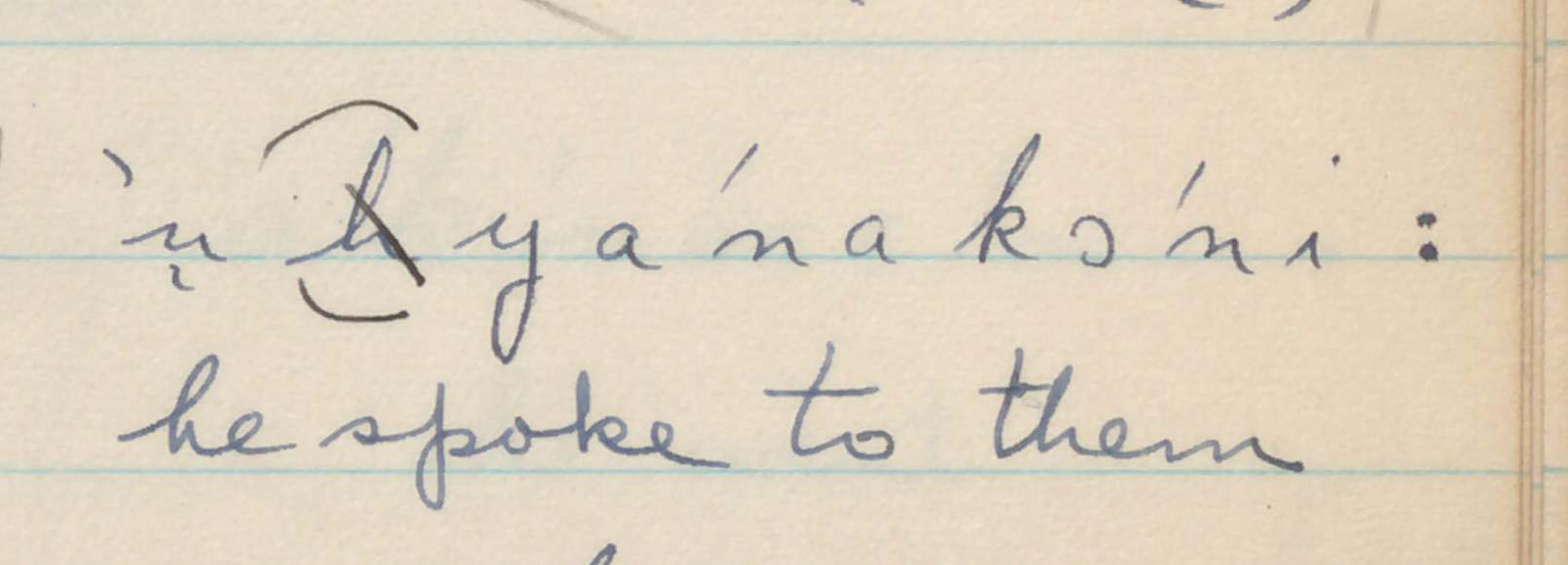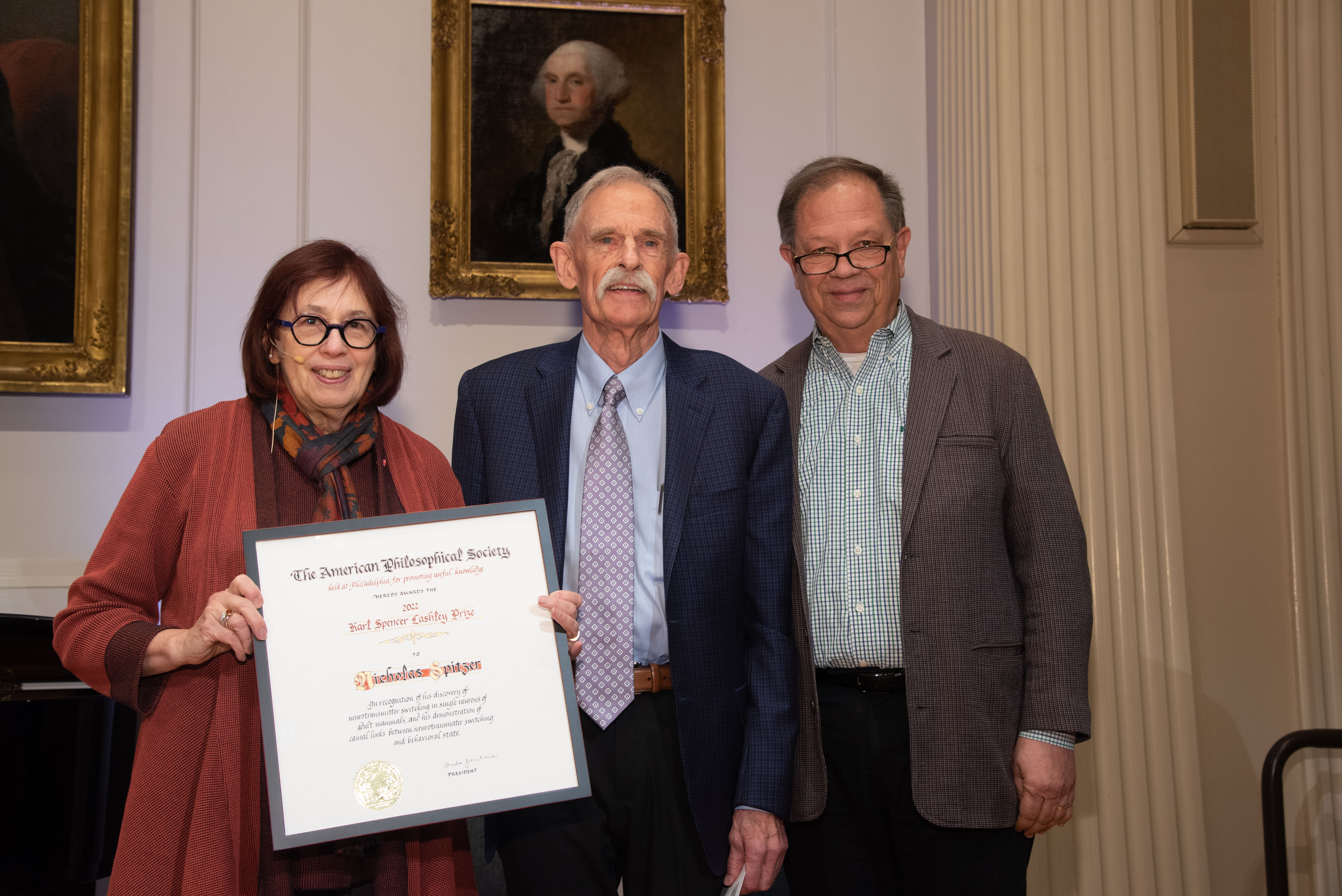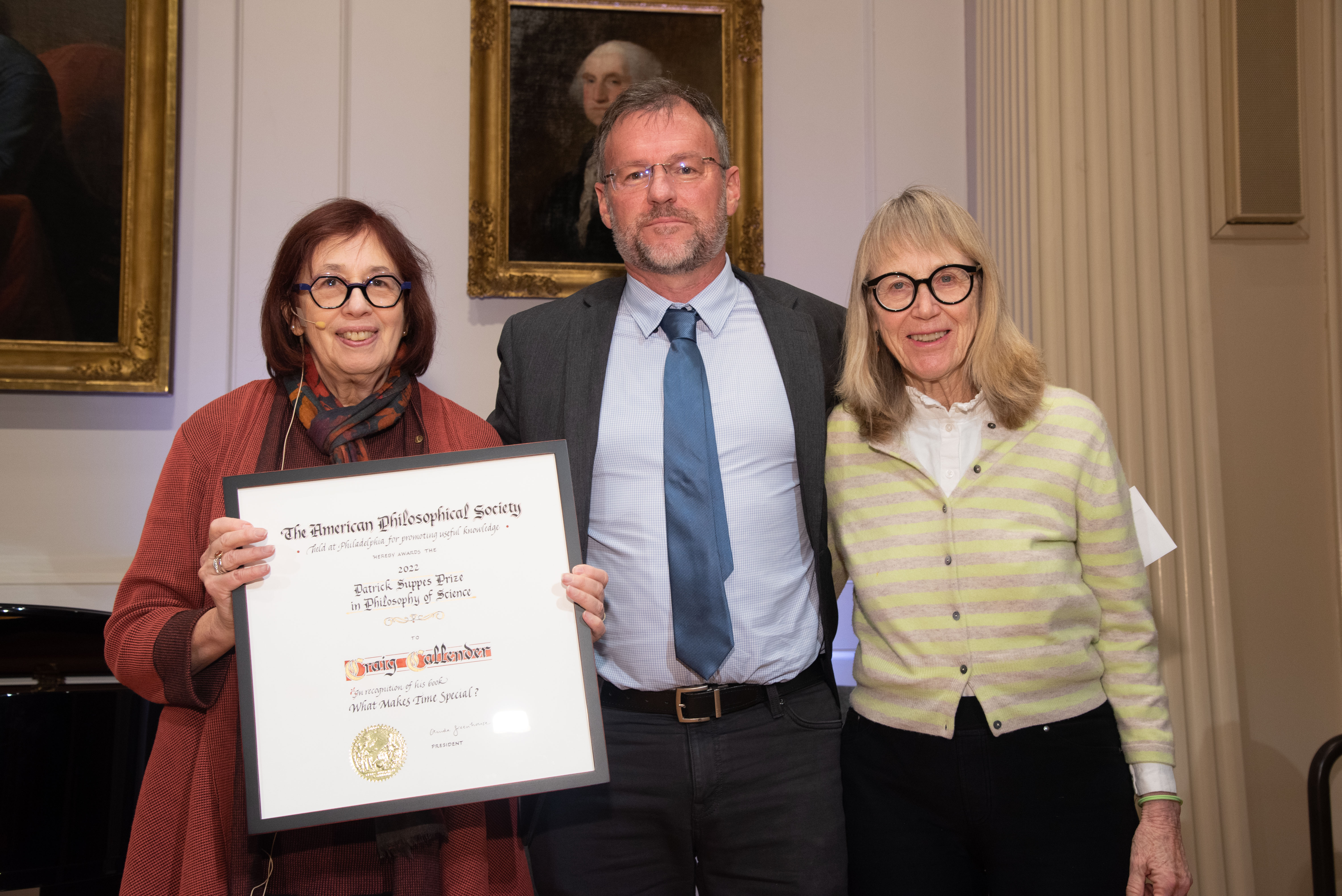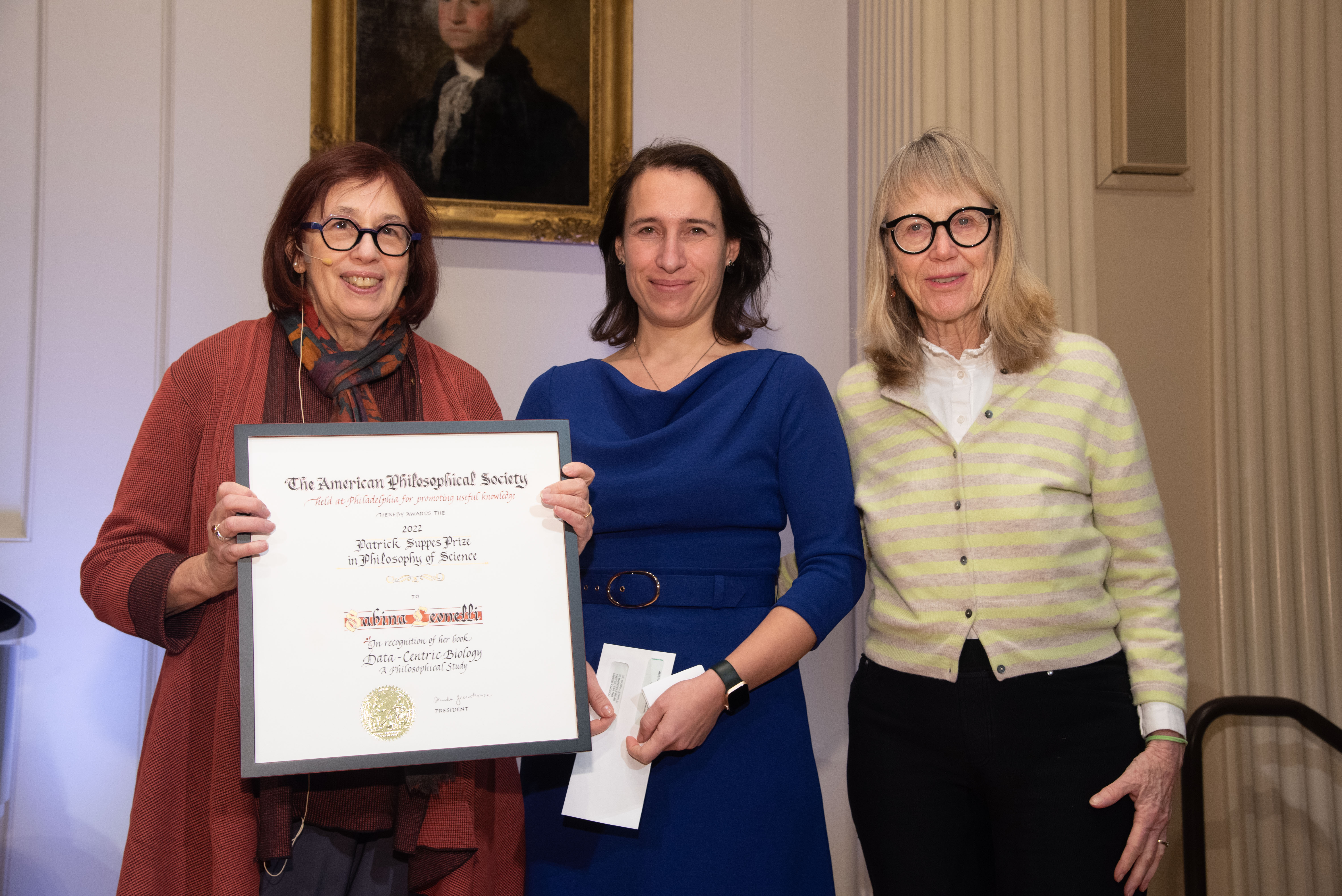Q&A: George Washington's Hair: How Early Americans Remembered the Founders--A Virtual Discussion with Keith Beutler
Select answers from Keith Beutler, author of George Washington's Hair: How Early Americans Remembered the Founders
Q: Love your identification of the 1790s as a hinge moment in how memory takes physical embodiment. How were things remembered before the American Revolution?
A: Transatlantic memory culture in the century or so before 1790, where my book picks up the story, was not so self-consciously physicalist as it became in the half century that followed. Consider, the shocked, negative reaction that, Douwe Draaisma has noted, occurred in Britain’s Royal Society in 1682 when Sir Robert Hooke argued for a reductively physicalist theory of memory. The view was easily dismissed as a foolish “provocation” by “Hooke’s contemporaries.” The latter, Draaisma notes, “denied the physicality of memory by placing memory within the [immaterial] soul.”
Q: I am reminded of the stuffing of Jeremy Bentham after his death in 1832. Is that an outgrowth of Peale’s impulse at all?
A: Yes! Bentham’s stipulations in his will that parts of his corporeal form should be preserved as an “auto-didact” did partake of the transatlantic reductively-scientistic enthusiasms that also underwrote Peale’s unrealized ambition to posthumously stuff the U.S. Founders.
Comment: This belief in hair as a way of knowing the man connects with Deborah Franklin collecting the hair of an African American youth while Benjamin Franklin was overseas.
Reply: I agree. Certainly, this case can be seen as evidencing the same scientific, transatlantic ethos.
Q: How capacious was the definition of veteran? Did women who served in battle camps count? Or was this only open to men?
A: As the late Alfred Young well-recounted a few years ago, the military service of Deborah Sampson, who, by, in contemporaneous terms, “passing” as a man fought as a Patriot soldier was celebrated, as was that of “camp follower” Margaret Corbin, to whom Congress awarded a partial pension in 1779, and in the 1850s, Elizabeth Ellet’s three volume Women in the American Revolution reflected and encouraged burgeoning cultural interest in remembering such women. In George Washington’s Hair, I write extensively of Emma Willard, an influential educator in the early republic, whose intense efforts to inculcate patriotic memory in the rising generation of American youth was, in part, motivated by her acute awareness that her own mother, like many women of the generation dying of old age in the 1830s, even when they did not participate directly in military fighting during the American Revolution, had served crucially and intentionally to materially and morally sustain the families and economies that underwrote the Patriot war effort during the War for Independence.
Q: Do you know if there was a similar collecting of African American founders’ hair, such as Bishop Richard Allen or Rev Absalom Jones?
A: I’m not aware of such instances, but I’d love to know of any!
Q: Has anyone undertaken DNA analysis of supposed Washington family hair samples? I believe there are currently methods that would be minimally destructive at this point.
A: Some DNA analyses were attempted in the 1990s by the FBI, essentially to test their forensic capabilities, but no DNA was recovered from the samples used. Newer techniques appear to be on the cusp of being able to infer at least partial sequences from centuries-old samples, but have not yet (as of March of 2022) been tried on putative samples of Washington’s hair.
Q: Why did collecting locks of George Washington's hair eventually decline in popularity?
A. Generally, from the latter half of the nineteenth century onward, the evidence suggests, photographs slowly began to replace hair locks as most-prized mementos of the loved and lost.
Q: How large is the Peale self-portrait?
A: 103 3/4 x 79 7/8 in. (263.5 x 202.9 cm.)
Q: Is there any documentation of Washington providing locks to anyone during his lifetime?
A. Yes. The earliest well-documented example is of General Washington in 1778, apparently in good humor, sending a lock of his hair from Valley Forge to Kitty Livingston, having heard (likely through Alexander Hamilton) that Livingston—the vivacious, famously-playful—daughter of William Livingston, the Revolutionary War governor of New Jersey, had quipped that she hoped to one day acquire some of the iconic Washington’s tresses.

